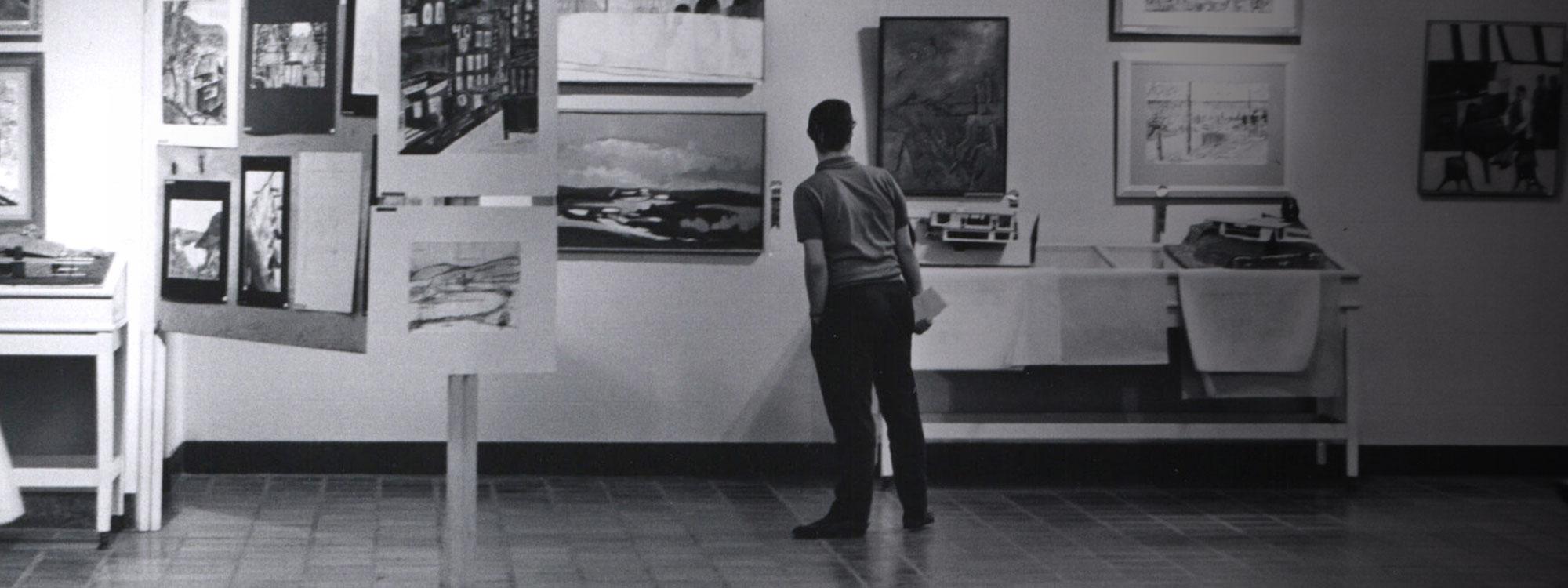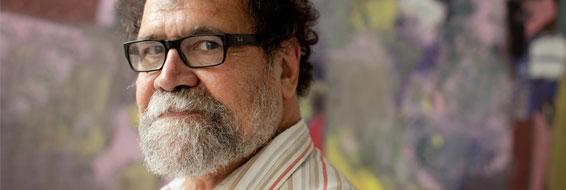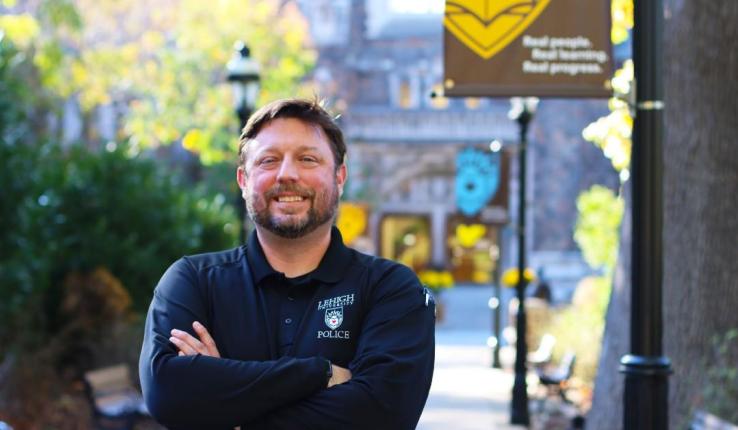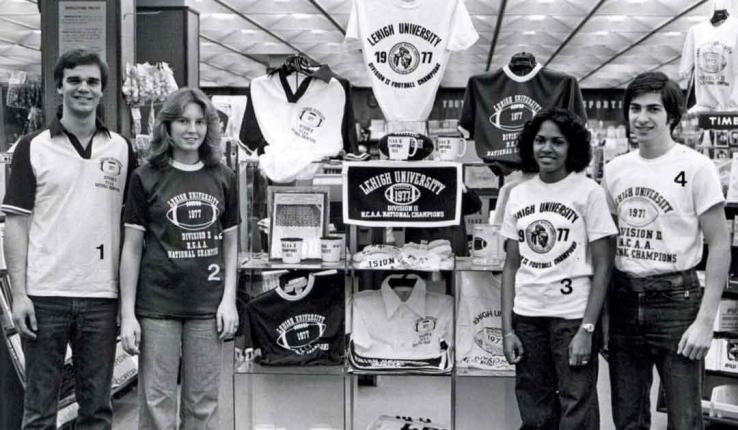By 1926, Lehigh was actively collecting and exhibiting art from the old masters to modern artists, such as Gustave Courbet, Pablo Picasso and photographers such as Margaret Bourke-White, according to LUAG.
In the fall of 1927, Lehigh established a fine art department. Garth A. Howland, a Harvard alumnus, joined Lehigh in 1927 as an assistant professor and later became head of the fine arts department.
In the years that followed, Lehigh’s art galleries featured prints, photography, American paintings, old European Masters and French Impressionism, according to a history of LUAG compiled by Keidra Daniels Navaroli. Howland also secured loans with publishers such as Currier & Ives, the Library of Congress, Museum of Modern Art, Whitney Museum of American Art and Metropolitan Museum of Art.
Featured artists included major modernist painters, such as Arthur Davies, Mary Cassatt, Claude Monet, Camille Pissarro and Pierre-Auguste Renoir, among others, according to Navaroli.
Most of LUAG’s early exhibitions were sale or loan shows organized by other institutions. A program from the first exhibition, which showcased selected works from the 1926 Winter Exhibition of the National Academy of Design on loan from the American Federation of Arts, offered pieces for sale.
The most expensive piece was the original painting, “Maple Sugar” by Horatio Walker, a Canadian painter who worked in oils and watercolors, recreating scenes of rural Canadian life.
According to a program, “Maple Sugar” was listed for $3,000, which would be worth more than $50,000 today.
When Howland died in 1950, Francis J. Quirk was hired as an associate professor and head of the fine arts department, which included directing Lehigh’s galleries and exhibitions and curating its permanent collection, according to Navaroli’s history.
Quirk created the first records of the university’s collection, negotiated additional art acquisitions and developed long-term collections and exhibition policies for the galleries.






